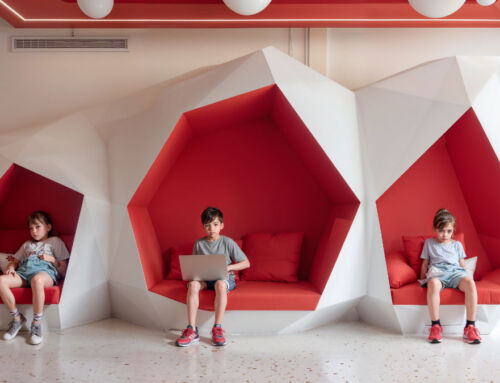The relationship between architecture and structural design is essential to achieve functional, safe and aesthetically valuable projects. While architects define the purpose and form or, in other words, the spatial experience that a building provides to its users, structural engineers determine the support necessary to realise that purpose and form. Consequently, an innovative and bold architecture will influence the structural design and, in turn, a structure will enable innovative and bold architectural solutions.
In this interdependence between architecture and structure, aspects such as building stability, resistance to external loads and forces, structural efficiency and sustainability are critical. In addition, budgetary constraints and available materials will also be decisive in ensuring the viability of the project.





Some projects illustrate remarkably well the integration of architecture with structural design. The Guggenheim Museum in Bilbao, Spain, designed by Frank Gehry, is one such landmark project. It combines bold architecture with a complex titanium and steel structure that adapts to the sinuous form of the building. Another example is the Beijing Olympic Stadium in China, known as the “Bird’s Nest”. A structural steel grid that serves as both support and façade determines its design and vice versa, in an exemplary fusion of structure and architecture.
Jean Carlos Soto, Senior Structural Engineer in Amusement Logic’s Architecture Dept.






